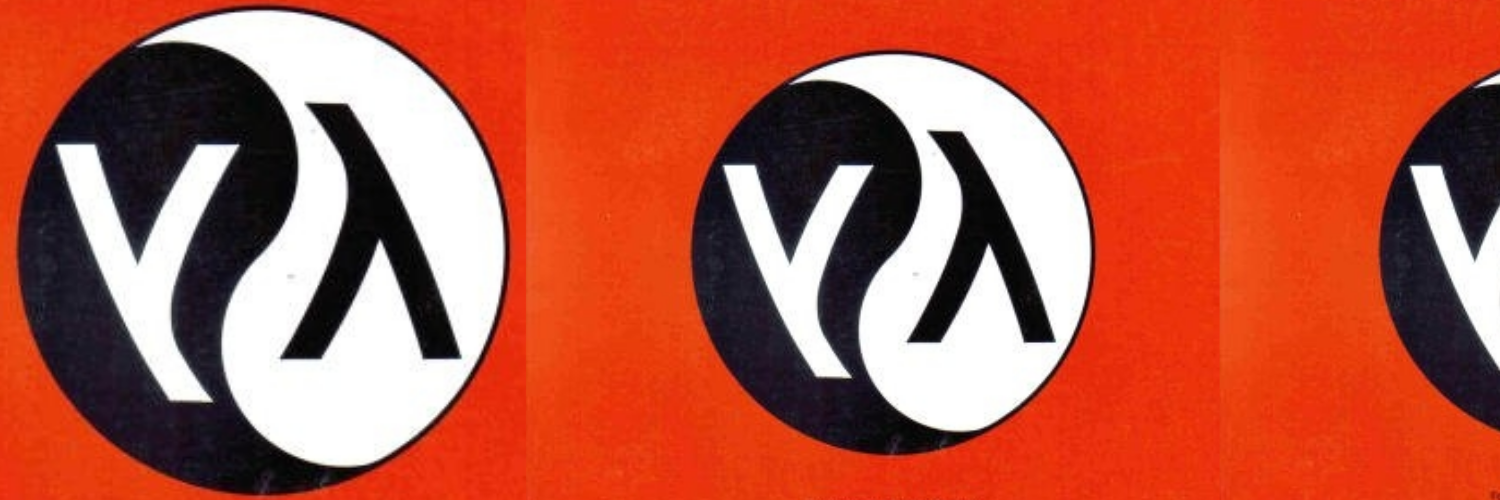Functional Programming
5.3 Separating program evaluation from description
This is the title of Chapter 5.3 from the book Functional Programming in Kotlin.
Everyone knows that a program is a list of instructions that will be executed/evaluated in the order they are written in.
fun exec() { doThis() doThat() doMore() } So the description decides the evaluation. What does it mean to separate them? I mean, can they be different?

It’s my 5th time trying to follow this video and things finally start to click in my head. So I think if I write down what is talked in the video, then I can just read my blog post for another 15 times instead of going through the video, that would be convenient.
OK, here is a gist of it. This guy is writing an Scheme interpreter in Scheme.
Let’s start from setting up the environment first so we can type along afterwards.

Being a programmer, you should be very familiar with Fibbonacci numbers. It is often being introduced when teaching recursion.
Tree Recursion Most likely the implementation of a function that calculate fib number is as follows:
(defn fib-tree [n] (cond (= n 0) 0 (= n 1) 1 :else (+ (fib-tree (- n 1)) (fib-tree (- n 2))))) This is just a direct translation from the Fibonacci number definition. Since it is straightforward and easy to understand, most textbooks use it as an typical example for illustrating recursive function.
In this post, we will define what is a transducer.
First, let’s take a closer look at map.
(map inc [1 2 3]) A straightforward way to explain what has happened is this: Increment each item by one in a list.
At first thought, this sounds like one step operation.
Now let’s change the requirement a bit. We want to increment each element by one and then sum them together.

What this recur and tail calls optimization is all about in Clojure? This blog post is trying to give a short yet easy to remember explanation.
Before explaining anything, let’s look at how we can implement + using recursion.
This is actually an interesting task, implement our +, since most of the time + is a built-in function. So to make things a bit more clear, let’s assume that our computer is drunk and forgets about how to do +, but it still remembers how to increment and decrement by 1.



